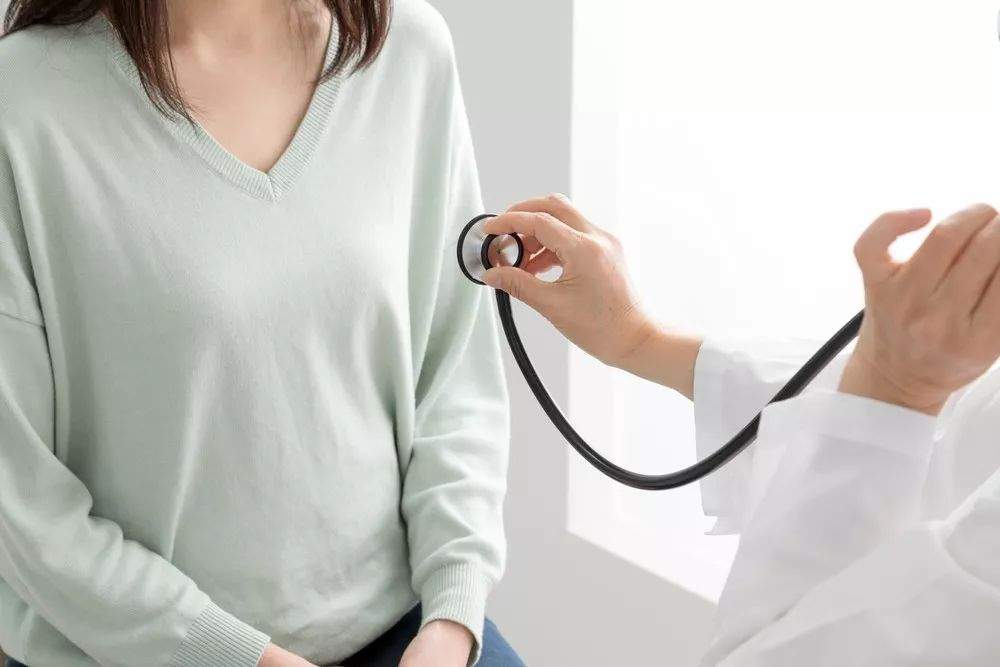Regular physical examination is a good habit beneficial to health.
When many diseases have no symptoms, they can be detected early in physical examination. Early detection can lead to early treatment.
For female friends, some physical examination items vary according to age and other factors.
Today, I’d like to share the relevant knowledge of women’s physical examination. I hope everyone will pay attention to physical examination and call on the people around me to take active physical examination.
What items should be examined for women’s physical examination?

1. General physical examination items
General physical examination items are applicable to both men and women, mainly including:
General examinations including measuring height, weight, blood pressure, waist circumference, etc.;
Internal and surgical auditory palpation;
· Otolaryngology examination;
· Ophthalmic examination;
Blood routine and blood biochemistry;
· Electrocardiogram;
Liver, gallbladder, pancreas and spleen ultrasound, urinary system ultrasound and other examinations.
2. Female-specific examinations
For women, gynecological examination is also required.
In terms of gynecological examination, the corresponding examination items are also different for whether they have had sex.
For example, when evaluating the condition of pelvic uterine appendages, doctors will use anal and abdominal diagnosis to evaluate women who have no sex life.
For women who have sex, the health of pelvic uterine appendages can be evaluated through double-diagnosis examination, vaginal secretion examination, cervical secretion examination, vaginal color Doppler ultrasound and other examinations.
3. Both types of screening must be performed

In our country, breast cancer and cervical cancer are the two major female malignant tumors with the highest incidence rate. Fortunately, we can find their traces through early screening.
· Breast cancer screening
Generally speaking, if there are no special circumstances, women under 40 may not undergo breast cancer screening.
For women over 40 years old, it is recommended to screen breast cancer by combining mammography and color Doppler ultrasound.
· Cervical cancer screening
Cervical cancer screening will involve TCT examination and HPV examination.
Women who do not have sex do not need cervical cancer screening.
For women who have sex, TCT examination is recommended after the age of 21. After 30 years old, HPV examination was added to TCT examination.
For women between the ages of 30 and 65, it is enough to have a combined TCT and HPV examination every 5 years.
If abnormalities are found through examination, further examination or increased screening frequency is required according to the doctor’s advice.
Pay attention to what before the physical examination?

A little more [pay attention] before the physical examination, the physical examination results will be less interference.
Pay Attention to One: Reasonable Diet
A few days before the physical examination, you can begin to pay attention to a light diet and don’t drink too much.
Pay attention to 2: fasting preparation
We know that some items will require fasting examination (such as partial blood examination, liver, gallbladder, pancreas and spleen ultrasound, etc.). Fasting here usually means not eating for 8 hours.
Generally speaking, after dinner the day before the physical examination, you can stop eating.
In addition, fasting for too long is not good, which will cause inaccurate detection of blood sugar, bilirubin and other indicators.
Pay attention to three: avoid menstrual period
If you do gynecological ultrasound examination during menstruation, on the one hand, the scene will be bloody, on the other hand, blood accumulation in uterine cavity will also interfere with ultrasound examination.
